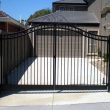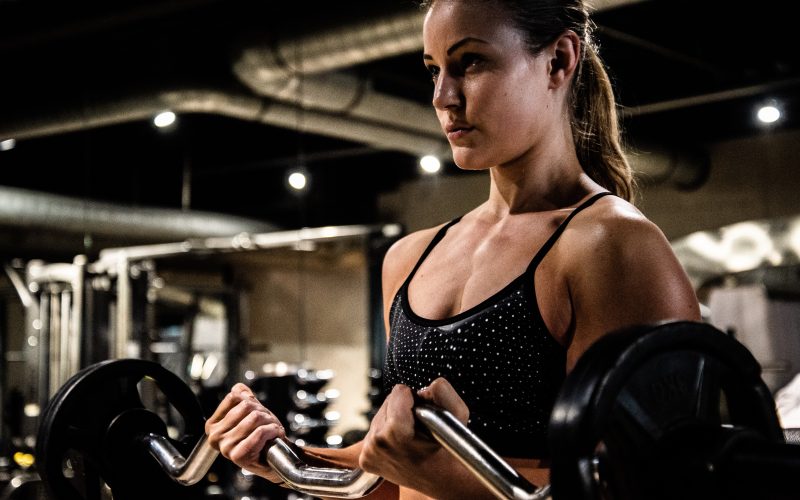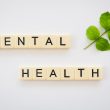Are you tired of sifting through all the conflicting information out there about fitness? From fad diets to quick-fix workout routines, it can be hard to separate fact from fiction. That’s why we’ve compiled a list of the top 10 fitness myths that you should stop believing right now! Whether you’re an experienced athlete or just starting on your fitness journey, this article will help you cut through the noise and get back to basics. So let’s dive in and debunk some common misconceptions about exercise and nutrition!
No pain, no gain
No pain, no gain is a popular saying that’s often used to motivate people to push themselves harder. But does this saying hold true?
There is no doubt that some pain is necessary for gains in the gym. For example, the burning sensation you feel in your muscles when lifting weights is actually a sign that your muscles are growing. However, this doesn’t mean that you should be in pain all the time.
In fact, too much pain can actually be a sign that you’re doing something wrong. If you’re constantly dealing with injuries or chronic pain, it’s time to reassess your training routine. Chances are, you’re either overtraining or using poor form.
So, next time you’re feeling pain during your workout, ask yourself if it’s the good kind of pain that comes with progress or the bad kind of pain that comes with injury. And always remember, no amount of gains is worth sacrificing your health!
You can spot reduce fat
Spot reduction is the idea that you can target fat loss in a specific area of your body by exercising that body part. For example, if you want to lose belly fat, you would do crunches or sit-ups. Unfortunately, spot reduction is a myth. You cannot spot reduce fat.
When you exercise, you burn calories. And while you may burn more calories in a session if you’re targeting a specific area, the reality is that you cannot choose where on your body those calories will be burned from. So doing crunches will not help you lose belly fat specifically; it will just help you burn calories, which could lead to weight loss overall (including in your belly).
The bottom line is this: if you want to lose weight (fat), you need to do exercises that raise your heart rate and build muscle. These activities will help you burn more calories overall, and as a result, you may see some changes in the shape of your body. But don’t believe the spot reduction myth – it simply doesn’t work!
Supplements are necessary for success
If you’re serious about getting fit, you need to start paying attention to what you put into your body. You can exercise all you want, but if you’re not giving your body the right fuel, you won’t see results. That’s why supplements are necessary for success.
There are a lot of different supplements out there, and it can be overwhelming to try to figure out which ones you need. But don’t worry, we’re here to help. Here are the top three supplements that we recommend for anyone who is serious about getting in shape:
1. Protein powder. Protein is essential for building muscle, so if you’re lifting weights or working out regularly, you need to make sure you’re getting enough protein. Protein powder is an easy way to get the protein your body needs without having to eat a lot of food. Just mix it with water or milk and drink it before or after your workout.
2. Creatine. Creatine is a substance that helps your muscles produce energy more efficiently. It’s especially helpful for explosive exercises like weightlifting or sprinting. If you want to see results from your workouts quickly, creatine is a great supplement to take.
3. Fish oil. Fish oil is packed with omega-3 fatty acids, which have many health benefits including reducing inflammation and improving heart health.Fish oil is also good for your brain health, so it’s perfect for people who want to stay sharp and focused while they’re working
You have to eat less to lose weight
The notion that you have to eat less to lose weight is a common one, but it’s not necessarily true. While it is true that cutting calories can help you shed pounds, it’s not the only factor at play. In order to lose weight, you also need to be mindful of the types of foods you’re eating, as well as your overall activity level. Eating fewer calories can help you lose weight, but if those calories come from unhealthy processed foods, you may not be seeing the results you want. On the other hand, eating a healthy diet and exercising regularly can help you lose weight even without cutting calories. So, while cutting calories can be helpful, it’s not the only thing you need to do to slim down.
Fad diets work
We’ve all been there. You’re desperate to lose weight for an upcoming event, so you start scouring the internet for a “quick fix” diet that will help you shed those pounds fast. But before you know it, you’re starving yourself, feeling weak, and ultimately giving up because the diet is just too darn hard to stick to. Sound familiar?
If so, you’re not alone. According to a recent survey, nearly 80% of Americans have tried a fad diet at some point in their lives. And while these diets may seem like the answer to your weight-loss prayers, the truth is that they rarely work in the long run.
Here’s why: Most fad diets are based on restrictive eating plans that are simply not sustainable over the long term. Sure, you might be able to stick to them for a week or two (or even a month or two), but eventually, you’re going to get sick of eating the same boring foods day in and day out. And when you do finally give in and eat something “off-limits,” you’ll likely feel guilty and like you’ve failed, which can lead to an unhealthy relationship with food.
What’s more, many fad diets don’t provide your body with the nutrients it needs to function properly. When you cut out entire food groups or severely
You need to exercise for hours a day
The myth that you need to exercise for hours a day is just that – a myth. You can get all the benefits of exercise in just 30 minutes a day. That’s right, you don’t need to spend hours at the gym to see results. In fact, research has shown that exercising for just 30 minutes a day can improve your health and reduce your risk of chronic disease.
So why do so many people believe they need to exercise for hours a day? There are a few reasons. First, we live in a society that values productivity and being busy. We are constantly bombarded with messages that tell us we need to do more, be more, and have more. This extends to our fitness routines – we feel like we need to put in long hours at the gym to see results.
Second, we tend to compare ourselves to others. We see people who have time to go on long runs or spend an hour at the gym every day and assume that’s what it takes to be fit and healthy. But the truth is, everyone is different and there is no one-size-fits-all approach to fitness. What works for someone else may not work for you, and that’s okay!
Finally, we often give up too soon when it comes to exercise. We think we need to see results immediately, so if we don’t lose weight or build muscle after a few weeks of working out,












